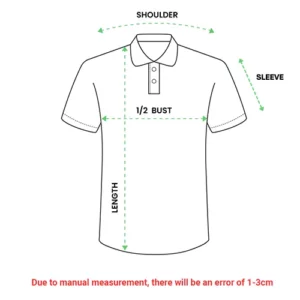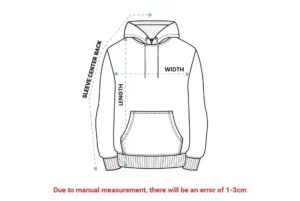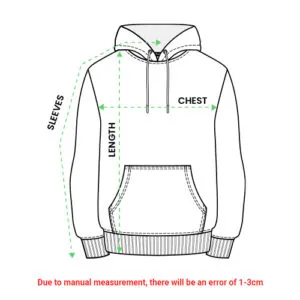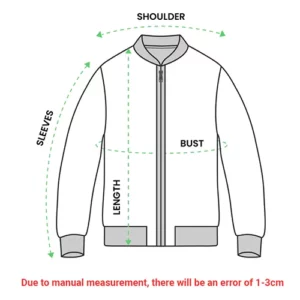The Vikings were people living in the area of Northern Europe, which today is Denmark, Sweden, Norway and Iceland. When we mention Vikings, we often think of their images as fierce warriors or pirates.
Just like the Mongolian horses that made the grasslands in the East unable to grow 300 years ago, the Vikings also caused turbulence in the seas in the West.
Coming from the Scandinavian peninsula, Viking warriors from Denmark, Sweden and Norway invaded and looted many lands in Europe, stretching from the North to the South, from the West to the East during the period from 793 to 1066 (known as the Viking Age in history).
As early as the 870s, Vikings from Norway and Denmark settled in Iceland, making it a land of the Vikings. Today, Icelanders are still very proud of their Viking heritage.
Not only Iceland, many people in other lands invaded by the Vikings also take pride in their Viking ancestry. Every year they hold festivals to commemorate their Viking ancestors, such as the Up Helly Aa festival in Shetland (Scotland) and the Viking festival in Wolin (Poland).
The Vikings were famous for their violence, which has been clearly shown through many films and novels. However, where did this character trait originate from? How did the farmers from Scandinavia become a nightmare for the whole continent of Europe?
The article below by Heather Pringle, a National Geographic reporter, will give us the answers:
The World of the Vikings
A cold mist made us shiver, but we were full of excitement waiting for the Vikings to appear. It was a January night in the Shetland town of Lerwick, Scotland.
Beside me, a man and his two children were grinning widely when they saw a red glow behind the town hall. “It looks like they’ve burned down the whole building,” the man shouted excitedly.
After all, fire was why we were here. This was Up Helly Aa, Shetland’s Viking festival. Like others, I had come to witness the spectacle of a Viking longship being burned. Around 1,200 years ago, the first Vikings had stormed down into the northern reaches of mainland Scotland, crushing local resistance to seize the land. Norwegian chieftains then ruled Shetland for nearly seven centuries before pledging the islands to the King of Scotland.
Today, the Norn language of the Norwegians is forgotten in Shetland, but islanders remain fiercely proud of their Viking heritage. Each year they eagerly prepare a replica Viking ship for the Up Helly Aa festivities. Now, as the crowd joined in singing traditional songs of sea kings and dragonboats, the torchbearers hauled the ship into a field. At a signal from the Viking leader, a shower of flaming torches set the ship ablaze.
The fire climbed the mast, sending red-hot embers into the night sky. On the sidewalk, children stomped and danced in excitement.
Although centuries have passed, the image of Vikings warriors and their ships lives on in the imaginings of filmmakers, novelists and comic book creators. But what do we really know about the Vikings? Who were they, how did they view the world, and what was their daily life really like?
Now, with advanced technologies – from satellite imagery to DNA analysis and isotope tracing – archaeologists and scientists are uncovering surprising new answers. In Estonia, scientists excavated two sunken ships packed with slaughtered Viking warriors, revealing clues about the origins of their ferocity. In Sweden, researchers are analyzing the bones of a female Viking commander to shed light on women’s roles in war. And in Russia, archaeologists and historians are retracing trade routes Vikings used to transport slave cargoes, clarifying the importance of slavery to their economy.
For archaeologists, doors are beginning to open onto a more complex and intriguing Viking world beyond imagination. “This is an important time for Viking studies,” says Jimmy Moncrieff, a historian at Shetland Amenity Trust in Lerwick. Combined, new research is painting a fresher picture of these daring seafarers’ ambitions and cultural influence. The Nightmare of an Entire Continent
From their Scandinavian homelands along the Baltic and North seas, Vikings began venturing abroad in the 8th century, exploring much of Europe over the next 300 years in ways scholars didn’t used to recognize. With elegantly designed ships and seafaring skills, Vikings visited at least 37 countries worldwide, from Afghanistan to Canada, according to Neil Price of Uppsala University in Sweden.
Along the way, they traded luxuries with over 50 other cultures. They wore belts from Asia, silk robes from China and jingled bags of Islamic coins. They built thriving towns at York and Kiev, expansive colonies in England, Iceland and France, and outposts in Greenland and North America. No other Europeans explored or travelled farther from home than them. “It was just people from Scandinavia doing this. Just the Vikings,” Price says.
However, exploring and trading were not Vikings’ sole paths to prosperity. Viking raiders also launched devastating surprise attacks on English and European coasts, gaining an infamous reputation for brutality. In northern France, they rowed up and down the Seine and other rivers, assaulting and laden ships with pillaged riches. They even extorted nearly 14 percent of the entire Carolingian Empire’s economy at Western Europe for promises of peace. Across English waterways, sporadic forays escalated into a full-fledged war as Viking armies invaded and conquered the Anglo-Saxon kingdoms of Northumbria, East Anglia and Mercia, leaving rotting corpses in fields.
“The Viking Age was not an aberration,” Price says. But what sparked such violence? How and why did medieval Scandinavian farmers become a terror across the continent of Europe?
The origins of their “ferocity”
For nearly three centuries before overseas attacks began around 750 AD, Scandinavia faced a crisis, Price says. More than 30 petty kingdoms emerged during this time, vying for power and lands.
Into this tumultuous time came another disaster. A huge dust cloud spread through the atmosphere – possibly from comet or meteorite impacts striking Earth combined with at least one massive volcanic eruption – blocked sunlight in 536 AD. It drove summer temperatures in the Northern Hemisphere severely lower for the next 14 years. The prolonged cold and darkness brought death and ruin to agriculture-dependent Scandinavia at the core of medieval Europe. In Sweden’s Uppland region, nearly 75 percent of farmsteads were abandoned as residents couldn’t survive the resulting famine and conflicts. This seemingly spawned one of the grimmest myths in the world – the prophesied Ragnarök, the final destiny of the gods where everything ends – all the gods, humans and other living beings are destroyed.

Ragnarök was said to begin with Fimbulwinter, a time when the sun turned black and weather became severe – astonishing events parallel to onset of the dust veil in 536, Price notes.
When summer finally returned to the north and populations recovered, Scandinavian societytransitioned to a harsher form. Viking leaders built armed forces and began seizing abandoned territories. In this very real war for supremacy, a warrior society evolved where both men and women glorified warlike virtues of courage, ferocity, cunning and strength.
On Gotland island in Sweden, where archaeologists found many intact burials from this era, “most men were buried with weapons,” according to Uppsala University archaeologist John Ljungkvist.
As this militarized society emerged, a new technology in the 7th century began revolutionizing seafaring in Scandinavia – the sail. Skilled shipwrights began constructing elegantly designed boats capable of exploiting wind power to carry warriors farther and faster than ever before. On these ships, northern chieftains and their allied armies could now ceaselessly traverse the Baltic and North seas, exploring new lands, raiding towns and villages, ruling conquered territories. And men with little prospect of marrying at home could wed captive women through persuasion or force.

All these factors – centuries of dynastic ambition, a surplus of young landless men, and a new ship type – conjured a perfect storm. A stage was set for Vikings to pour from the north, burning much of Europe in the ferocity trademark of their exploits.
More to come…
Source: National Geographic; Author: Heather Pringle; Photos: Robert Clark and David Guttenfelder






